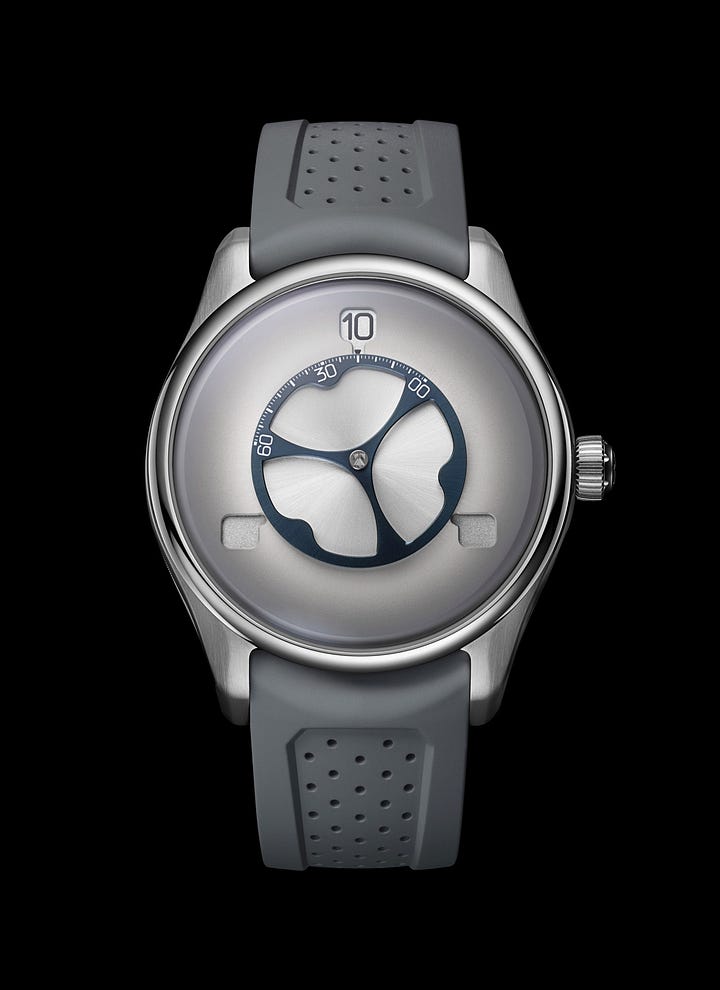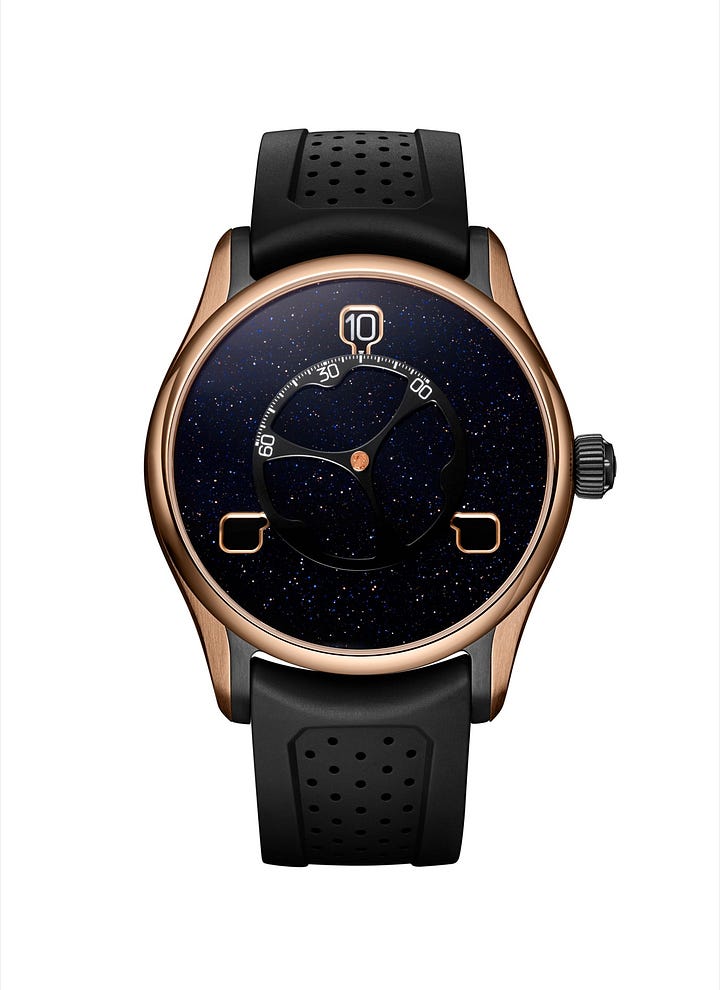H. Moser & Cie Pioneer Flying Hours
Is it the new peanut butter and chocolate?
By now, you should be aware of the fact that H. Moser & Cie don’t just produce aesthetically pleasing luxury watches. They also are not afraid to try new things with the mechanics that power their watches. To come up with their new Pioneer Flying Hours, they combined their original Flying Hours design with the well-known Pioneer collection.


Pioneer Fly…
Keep reading with a 7-day free trial
Subscribe to The Wristwatch Review to keep reading this post and get 7 days of free access to the full post archives.



